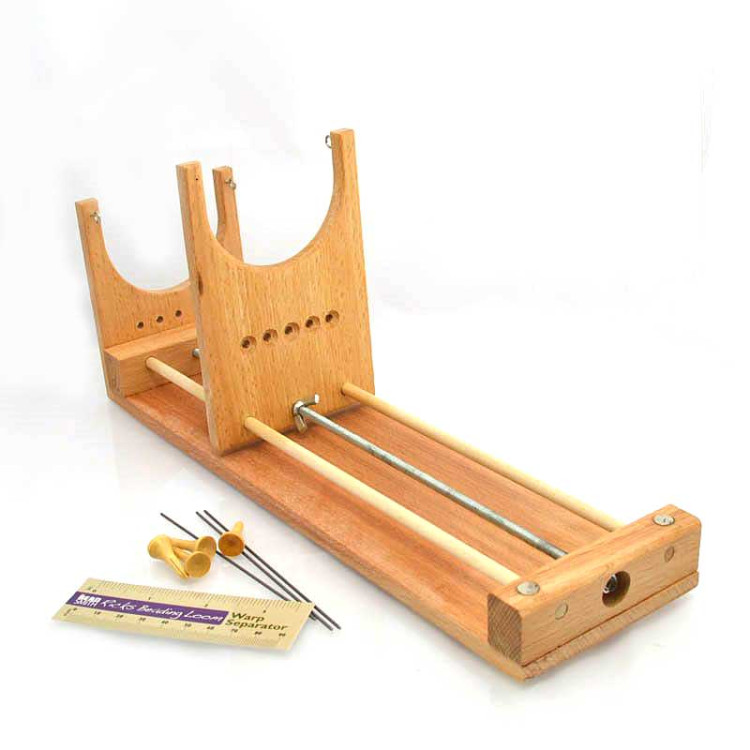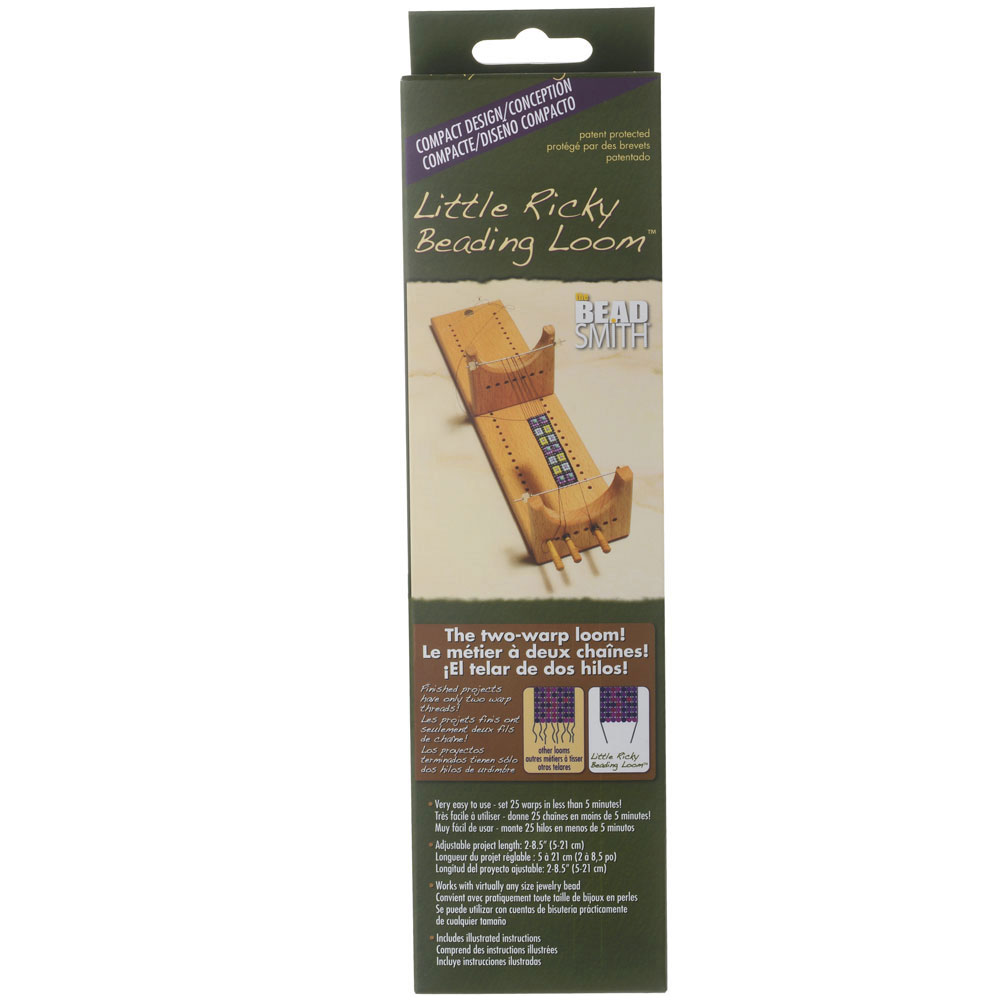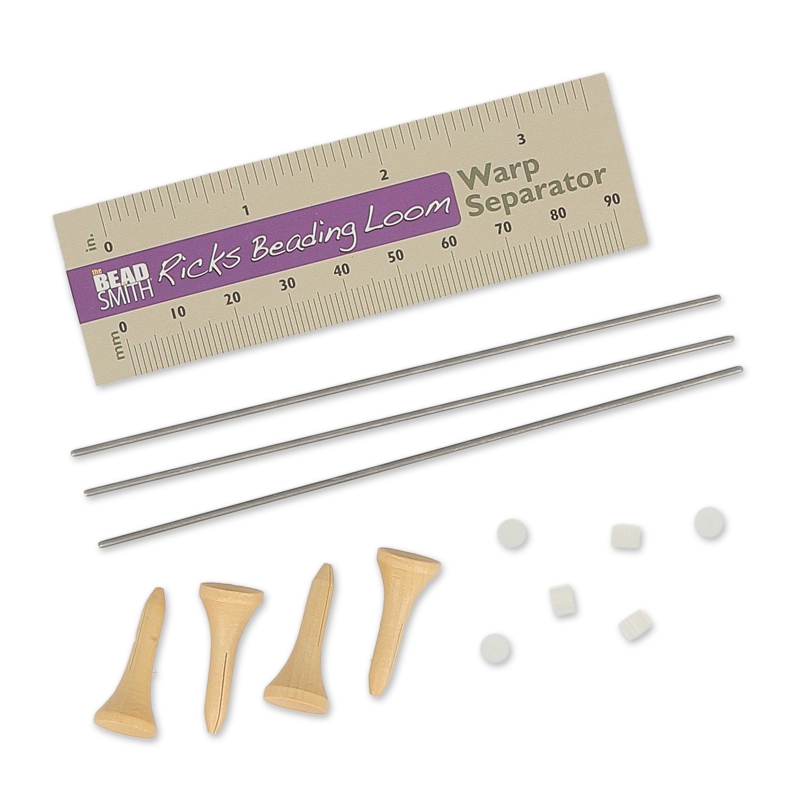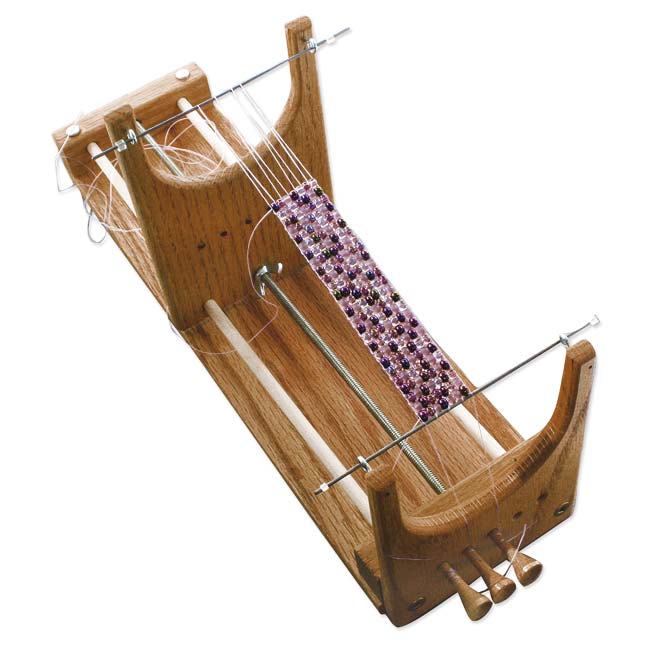Beading is an ancient art form that has evolved into a widely enjoyed craft. Ricks Beading Loom stands out as an essential tool for many beading enthusiasts. This loom not only simplifies the beading process; it also allows for incredible creativity and variety in beaded designs. In this article, we will delve into the features of Ricks Beading Loom, its benefits, and practical tips for using it effectively.
Understanding Rick’s Beading Loom
A Glimpse of Its Features
Ricks Beading Loom brings together functionality and user-friendly design. The loom is crafted from high-quality materials, ensuring durability and longevity. Moreover, it comes with adjustable tension settings, allowing for personalized use.
Additionally, its compact size makes it portable. Beaders can take it to workshops or friends’ homes easily. The loom accommodates various bead sizes, catering to diverse crafting preferences.
Furthermore, the loom comes with clear instructions. Beginners can engage with the tool confidently. More advanced users will also appreciate its versatility. Rick’s Beading Loom encourages both novice and experienced crafters to unleash their creativity.
Benefits of Using a Beading Loom
Using Ricks Beading Loom offers numerous benefits. First, it helps create more intricate patterns than simple stringing. This is particularly valuable for intricate designs. Crafters can achieve precision and consistency effortlessly thanks to the loom’s design.
Additionally, the beading loom allows for faster project completion. Instead of threading beads one by one, users can create multiple rows simultaneously. This efficiency is particularly advantageous when working on large pieces or intricate designs.
Moreover, it enhances creativity. The loom provides a structured environment for design. Crafters can focus on pattern-making and color selections. Therefore, it leads to unique creations and artistic satisfaction.

Getting Started with Rick’s Beading Loom
Assembling the Loom
To begin using Rick’s Beading Loom, assembly is straightforward. Start by unpacking the parts and laying them out. Generally, the loom consists of a base, pegs, and a warp thread.
Next, secure the base on a flat surface. The stability is vital for optimal crafting. Afterward, insert the pegs into the designated holes. This action determines the width of your beadwork.
Once the loom’s structure is ready, it’s time to add the warp threads. These threads are essential for holding your beads in place. Follow the instructions carefully.
Selecting Beads and Threads
Choosing the right beads can significantly impact your project. Rick’s Beading Loom accommodates various bead types, including glass, wooden, and plastic. Consider the design you aim to achieve, as it will guide your bead selection.
Additionally, the thread choice matters. Opt for strong and durable threads that can withstand tension. Nylon or cotton threads work well for most projects. Ensure the thread complements your bead colors.
Also, it’s a good idea to have a variety of sizes and colors on hand. This variety will spark creativity. Experimenting with different combinations leads to unique designs, enhancing the crafting experience.
Techniques for Using Rick’s Beading Loom
Basic Weaving Techniques
Understanding basic weaving techniques is essential for harnessing the loom’s full potential. Begin by warping the loom, following the manufacturer’s instructions. This step sets the foundation for your beadwork.
Once the warp is set, start weaving your beads onto the loom. Thread your chosen beads onto your working thread. Then, pass the thread over and under the warp threads.
Continue this process until you achieve the desired length. Remember to maintain even tension to ensure uniformity in your design. This technique allows for clean and precise beadwork, enhancing the final outcome.
Advanced Weaving Patterns
After mastering basic weaving, you can explore advanced techniques. Experimenting with various patterns adds complexity and visual interest. Consider learning how to create chevron or zig-zag patterns.
To achieve these patterns, adjust your weaving technique accordingly. For instance, you may need to manipulate how the beads sit on the thread. This may involve alternating between different sizes or colors of beads.
Moreover, consider adding embellishments. Incorporating charms or pendant beads can elevate your design. These additions create multi-dimensionality, adding richness to your finished piece.

Tips for Maintaining Your Loom
Regular Cleaning and Care
Maintaining your Rick’s Beading Loom is vital for its longevity. Regular cleaning prevents dust and residue buildup. Use a soft cloth to wipe down the surfaces after each crafting session.
Additionally, inspect the pegs and warp threads for wear and tear periodically. Replacing damaged components ensures your loom continues to function optimally. This attention to detail also enhances your overall crafting experience.
Furthermore, store the loom properly when not in use. A dedicated storage space minimizes the risk of damage. Consider using a protective case to safeguard against environmental factors.
Troubleshooting Common Issues
Despite its quality, you may encounter issues while using the loom. One common challenge is uneven tension in your beadwork. If this occurs, adjust your warp threads to maintain uniformity.
Another issue may involve beads slipping out of place. Ensure you secure the threads tightly during the weaving process. Additionally, double-check that the beads chosen fit well with the warp threads.
If you find yourself stuck, consult the user manual for troubleshooting tips. Engaging with online communities can also provide valuable insights. Many experienced crafters share their experiences and solutions to common issues.
The Joy of Sharing Crafting Experiences
Engaging with the Crafting Community
The crafting community is a vast, welcoming space for everyone. Engaging with fellow beaders provides inspiration and motivation. Many local groups host regular meet-ups to share techniques and ideas.
You can also explore online forums and social media. These platforms are excellent resources for learning new skills. Typically, users share tutorials, patterns, and even completed projects. This engagement fosters connection and creativity among crafters.
Sharing experiences can lead to collaborative projects. Many beneficial partnerships are built through mutual interests. Working with others not only enhances skills but also sparks innovative ideas.
Showcasing Your Creations
Once you start creating, consider showcasing your work. Whether through social media or local craft fairs, sharing your designs boosts confidence. Presenting your craft to others can also provide constructive feedback.
Moreover, showcasing your creations can inspire others. By sharing your journey, you may encourage someone to start beading. The joy of crafting is meant to be shared, and your work can be a catalyst for others.
Consider documenting your progress through photos. Before-and-after shots can be particularly satisfying to share. Displaying your work on platforms like Instagram or Pinterest can broaden your reach.

Conclusion
Rick’s Beading Loom is more than just a crafting tool; it’s a gateway to creativity. This loom simplifies the beading process while opening doors to intricate designs. By mastering techniques and engaging with the craft community, you amplify your crafting experience.
Remember that crafting is a journey filled with learning and exploration. As you become more proficient, let your creativity know no bounds. Your unique designs speak volumes about your individuality and artistic flair.
So, gather your materials, set up your loom, and let the creative juices flow. Enjoy every moment spent crafting, and share your passion with others. After all, art is meant to be enjoyed and shared! Whether embarking on a new beading project or mastering an old technique, Rick’s Beading Loom is there to help. Dive into the world of beading with this remarkable tool, and unleash your creativity. Your beading journey awaits; let it begin today!
